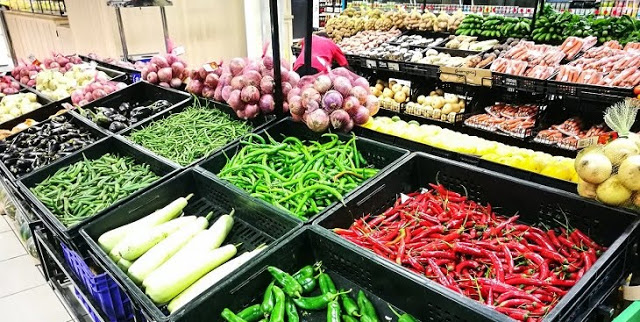This content has been archived. It may no longer be relevant
Kenya’s January inflation dipped to 5.78% from 5.82% in December attributed to declines in transport and electricity costs.
“Food and Non-Alcoholic Drinks’ Index increased by 0.39 per cent between December 2019 and January 2020 mainly driven by an increase in prices of some food items outweighing decrease registered in others,” said the Kenya National Bureau of Statistics on Friday.
Prices of onions, spinach and carrots increased by 5.25, 4.38 and 3.22 per cent, respectively. However, during the same period, prices of green grams and cooking fat dropped by 0.99 per cent and 0.36 per cent, respectively.
During the same period, Housing, Water, Electricity, Gas and Other Fuels’ Index, increased by 0.45 percent mainly attributed to increase in the cost of house rent, kerosene and gas.
***
“We expect headline inflation to remain anchored within the central bank’s target band of 5.00% +/- 2.50%. Furthermore, weakness in consumer demand is set to persist owing to single-digit private sector credit. This should prop inflation within the statutory band.
A stable inflation outlook should support the monetary policy shift towards bridging the output gap and therefore corroborates the recent 25bps policy rate cut. Whereas the immediate impact of the easing in offsetting the counter-cyclical effects of fiscal consolidation is arguable, this will not stop the regulator from cutting rates further given the rather obvious headroom.
For now, the impact on the yield curve is likely to be minimal. At best, any changes in liquidity, as a result, may only soften the upward pressure on yields. A dominant fiscal policy and concerns over its sustainability will remain the overarching theme for yield curve players. Besides, this was already fully priced into prices and sentiment and therefore any market moves on its backdrop should be limited, across all asset classes.”
Commentary from NCBA Bank Financial Analysts.




